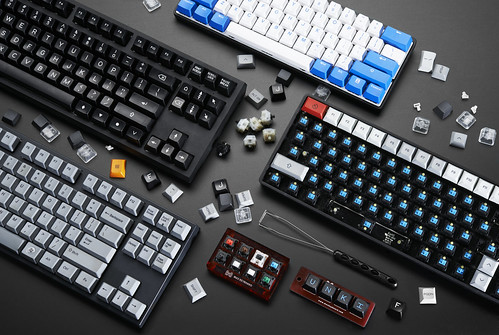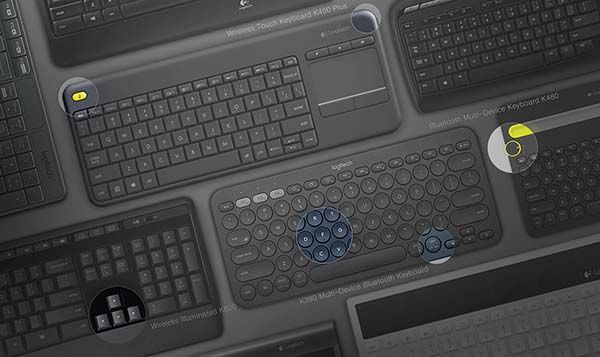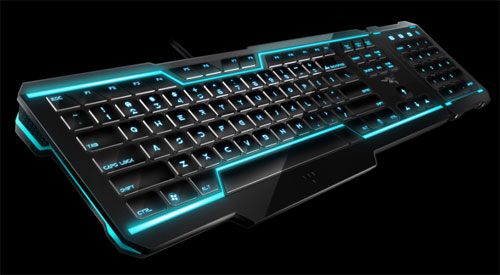Keyboards are an essential input device for computers, laptops, tablets, and smartphones. While they all serve the same purpose of allowing us to type and interact with our devices, keyboards come in various types and designs, each with its own unique features and advantages. In this article, we’ll explore the differences between keyboards and help you understand why not all keyboards are the same.
Physical Keyboards vs. Virtual Keyboards:
Physical keyboards are the traditional keyboards that come as separate peripherals or are integrated into devices such as laptops and desktop computers. They consist of physical keys that you press to input characters. On the other hand, virtual keyboards are software-based and appear on the device’s screen, allowing you to type using touch or stylus input.
Keyboard Layouts:
Keyboards come in different layouts, such as QWERTY, AZERTY, and QWERTZ, which determine the arrangement of the keys. The most common layout is QWERTY, named after the first six letters in the top left row. However, different countries and regions may have their own variations to accommodate specific language needs. For example, the AZERTY layout is used predominantly in French-speaking regions, while the QWERTZ layout is common in parts of Europe.
Ergonomic Keyboards:
Ergonomic keyboards are designed with ergonomic principles in mind to promote more comfortable and natural typing positions. They feature a split or curved design, allowing your hands and wrists to adopt a more neutral position while typing. Ergonomic keyboards can help reduce the risk of repetitive strain injuries (RSIs) and improve overall typing comfort for those who spend long hours working on a computer.

Mechanical Keyboards:
Mechanical keyboards use individual mechanical switches for each key instead of the rubber domes found in many traditional keyboards. These switches provide a satisfying tactile feedback and audible click, resulting in a more precise and responsive typing experience. Mechanical keyboards are popular among gamers, programmers, and those who appreciate the tactile feel and durability of mechanical switches.
Gaming Keyboards:
Gaming keyboards are specifically designed for gaming enthusiasts and often come with features tailored to enhance gameplay. These features may include customizable backlighting, programmable macro keys, anti-ghosting technology (allowing multiple simultaneous key presses), and even dedicated media controls. Gaming keyboards provide gamers with a more immersive and efficient gaming experience.

Wireless and Bluetooth Keyboards:
Wireless keyboards offer the convenience of being untethered from your device, allowing you to work or type from a distance. They use various wireless technologies such as Bluetooth or RF (radio frequency) to connect to your device. Bluetooth keyboards are particularly popular for tablets and smartphones, as they provide a wireless typing option on the go.
While all keyboards serve the purpose of inputting characters, they are certainly not the same. The differences in physical keyboards vs. virtual keyboards, layout variations, ergonomic designs, mechanical switches, gaming features, and wireless connectivity options offer users a wide range of choices to suit their specific needs and preferences. Understanding these differences can help you make an informed decision when selecting a keyboard that best fits your requirements. So, the next time you’re in the market for a new keyboard, remember that not all keyboards are created equal, and it’s worth exploring the options available to find the perfect one for you.





